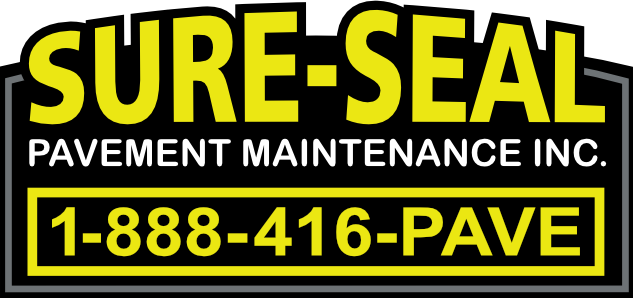Asphalt Resurfacing and Overlay FAQ
Asphalt resurfacing and overlay are methods used to rehabilitate and improve the durability of asphalt pavement. Resurfacing involves removing a layer of the existing pavement and replacing it with a new layer of asphalt, while overlay adds a new layer of asphalt on top of the existing pavement. Both methods can help extend the life of pavement and provide a safer, smoother, and more aesthetically pleasing driving experience.
No, in the GTA, pavement resurfacing involves the removal and replacement of the asphalt layers while reconstruction involves repreparation of the underlying subbase and the asphalt layers.
Asphalt overlay involves laying a new layer of asphalt on top of the existing surface to fill in cracks and create a smoother appearance. However, asphalt resurfacing involves removing the top layer of the existing pavement and replacing it with a fresh layer. This process is more intensive and typically lasts longer than an overlay. The main difference between the two methods is the thickness of the new layer of asphalt being added.
Asphalt resurfacing is needed when the subbase is weak as seen with the presence of large and deep cracks in the asphalt. An overlay can be done if there are minor asphalt issues such as rifts and small cracks.
If your parking lot or driveway shows any signs of extensive cracking, potholes, fading, stains, broken edges, or water pooling, it may be in the need of asphalt resurfacing or overlay application.
In most instances, yes. Whether a complete resurfacing is required or a basic overlay application is better suited, most pavements can be enhanced with either process.
Depending on the paving company and the sizeThe benefits of both asphalt applications include better support for heavy traffic weights, improving the structure of the asphalt, and restoring the needed slope that may wear over time. Asphalt resurfacing and overlay also prevent small cracks from growing bigger and presents a smoother surface.
Proper installation of good asphalt with care and maintenance can be expected to last up to 25 years. Other factors that can affect the lifespan of the asphalt include the climate and the amount/weight of traffic.
A reputable paving company such as Sure-Seal Pavement Maintenance Inc. uses only top-quality products, application methods, and equipment to ensure high-quality resurfacing or overlay. We began by examining the conditions of the asphalt before the overlay can begin.
With either process, the area is levelled before the asphalt is applied to ensure proper drainage, sloping, and enhanced strength in weak areas. A second layer is used to protect the underlying asphalt and for a smooth surface for both foot and vehicle traffic.
Yes, even the most minute cracks or holes must be dealt with before a resurfacing or overlay project begins.
In Ontario, the cost of a resurfacing or overlay project varies from contractor to contractor. The quality of the asphalt used, the extent of the work, and the size of the property play a role in the final costs. The average range is $3 to $7 per square foot.
Asphalt resurfacing and overlay both require the right conditions. Asphalt surfacing can be done in sections only if there are no significant levelling differences between the areas.
As both processes involve a new top surface, the colouring and/or texture can be manipulated to suit your preferences.
Depending on the location, size, and potential for traffic interruptions, permits or approvals from local authorities may be required.
When seeking a trustworthy contractor, do some research on their reputation, get references, and learn about their experience through word of mouth and online reviews. Consider their years of experience, the professionalism of the company and team members, and communication methods.
No, regardless of the application process, new asphalt should not be used for at least 48 to 72 hours. This allows the material to dry as foot and vehicle traffic can cause significant indentations in the pliable material.
Extend the lifespan of the new asphalt by regularly cleaning the pavement, addressing litter and spills as soon as possible, and repairing any damage. Having a top layer of sealcoat applied can also protect the new asphalt.
As high and low temperatures and rain can adversely affect the application of asphalt, projects should be completed in favourable weather conditions.
Yes, if the existing pavement and underlying foundation is in good condition, the overlay process can be done multiple times. The same can be said with resurfacing as the subbase is part of the resurfacing work.
Yes, it is recommended to apply sealcoat to new asphalt to enhance newly laid asphalt and protect the underlying surface and foundation.
Professional asphalt paving companies such as Sure-Seal Pavement Maintenance Inc. offer a guarantee on the workmanship and product quality of asphalt application.

